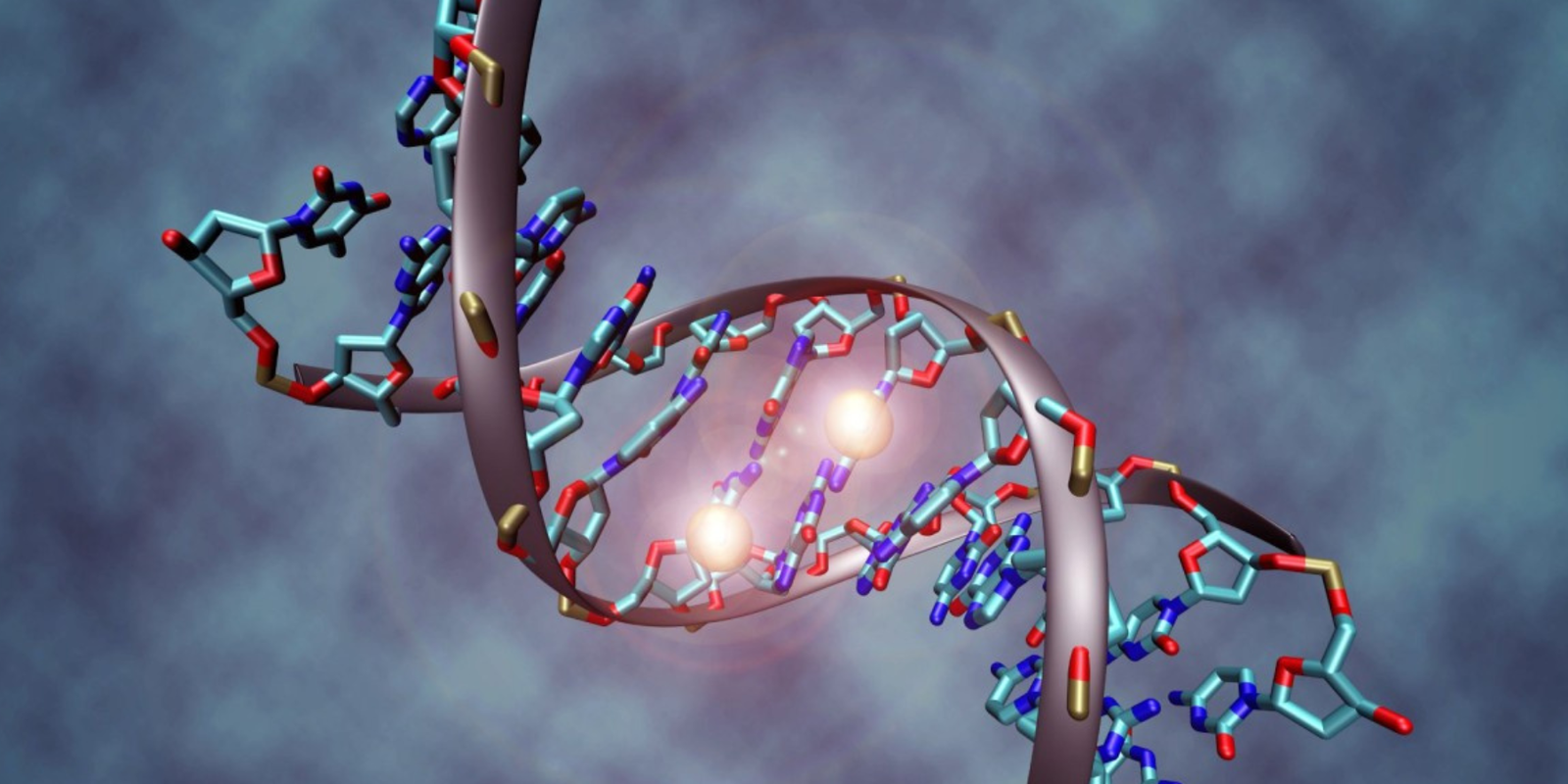
CYP1A2 and Phenylalanine: What’s Phenylalanine?
Phenylalanine is an amino acid. Amino acids and proteins are known as the building blocks of life. When protein breaks down, amino acids are formed in the body.
Phenylalanine is an amino acid that must be ingested as part of our diet, since it cannot be produced in the body. This amino acid is important for acting as a precursor to neurotransmitter synthesis, including dopamine and norepinephrine, which are essential for regulating moods as well as facilitating all cognitive functions. There exist two forms: the naturally occurring is L-phenylalanine and the synthetic is D-phenylalanine, often utilized in certain supplements.
What Is CYP1A2?
Your DNA contains structural and regulatory genes. CYP1A2 is categorized as a protein-coding gene. an enzyme that belongs to the cytochrome P450 family. The enzyme is primarily found in the liver and plays a crucially central role in the metabolism of drugs, as well as caffeine and some amino acids. This plays a very significant role in how we react to drugs and diet.
CYP1A2 and Phenylalanine Link
This relationship between CYP1A2 and phenylalanine is not quite simple. CYP1A2 itself is not the primary enzyme for metabolizing phenylalanine, however, changes in its activity can influence overall amino acid metabolism and interactions with other metabolic pathways. Whenever the activity of CYP1A2 changes, either through genetic change, diet, or drugs, then phenylalanine in the body can be processed less effectively.
For instance, genetic variations in the CYP1A2 gene may result in varying ways in which individuals metabolize phenylalanine, leading to generally higher levels of the amino acid in the system. Such variations have direct implications on health, particularly in people with conditions such as phenylketonuria (PKU), in whom excessive accumulation of phenylalanine results in damaging effects. The good thing is that very few people experience this genetic condition.
Enzyme Directly Associated with Metabolizing Phenylalanine
The enzyme directly associated with metabolizing phenylalanine is phenylalanine hydroxylase (PAH). The PAH gene encodes this enzyme, which converts phenylalanine into tyrosine. This is the primary and essential step in the metabolism of phenylalanine. Deficiencies or mutations in the PAH gene can lead to phenylketonuria (PKU), a condition where phenylalanine accumulates in the body and can cause serious health issues if not managed.
Tyrosine is an important amino acid that serves several key functions in the body:
Protein Synthesis: Tyrosine is a building block for proteins, contributing to various structural and functional roles in cells.
Precursor for Neurotransmitters: Tyrosine is a precursor (a substance by which another is formed) to several important neurotransmitters, including:
- Dopamine: Involved in mood regulation, reward, and motor control.
- Norepinephrine: Plays a role in the body’s stress response and attention.
- Epinephrine (Adrenaline): Important for the fight-or-flight response.
Thyroid Hormone Production: Tyrosine is crucial for the synthesis of thyroid hormones, which regulate metabolism, growth, and development.
Melanin Production: Tyrosine is a precursor for melanin, the pigment responsible for skin, hair, and eye color.
Antioxidant Role: Some forms of tyrosine can contribute to the body’s antioxidant defenses, helping to protect cells from oxidative stress.
Overall, tyrosine plays a vital role in multiple physiological processes, influencing mood, metabolism, and cellular functions.
Phenylalanine Food Sources
Phenylalanine is found in a variety of foods, especially food items that consist of protein in high quantities. Some common phenylalanine food sources include:
- Meat: chicken, beef, pork, and fish
- Eggs
- Milk and dairy products
- Nuts and seeds
- Legumes (beans, lentils)
- Soy food products, including tofu and tempeh
All these foods are readily available, so it’s easy to have the right amount for your body each day.
Pharmacogenomics
Pharmacogenomic testing can provide another level of insight into how your body metabolizes and processes phenylalanine and other substances. This is a genetic test that shows how well enzymes like CYP1A2 work in your body by determining your genes.
Armed with this knowledge of your genetic makeup, you can make better dietary choices. For example, if you possess a variant that influences the activity of CYP1A2, you will have to keep track of your phenylalanine intake very well. Such persons afflicted with PKU are supposed to be under even closer control on diet in order not to suffer health issues.
Conclusion
Phenylalanine is one of the essential amino acids needed by our body. And the connection between CYP1A2 and Phenylalanine is not direct. However, changes in CYP1A2 activity can influence overall amino acid metabolism and interactions with other metabolic pathways. Thus, in the case of genetic conditions called phenylketonuria, it becomes very possible to refine diets with foods that will limit the consumption of phenylalanine and use pharmacogenomic testing to tailor diets for effectiveness in health maintenance.
Faqs
Phenylalanine is amino acid found in a variety of foods.
The connection between CYP1A2 and Phenylalanine is a bit complex. CYP1A2 itself is not the primary enzyme for metabolizing phenylalanine, however, changes in its activity can influence overall amino acid metabolism and interactions with other metabolic pathways.
We know that it could be a difficult task for you. Hence at RPh LABS we have supervisors available to help you with this.
There are no such requirements. However, as per Pubmed, in case of teenagers and young adults, their preferences regarding PGx tests may not always be supported.
References
- [National Center for Biotechnology Information – PMC6523085](https://www.ncbi.nlm.nih.gov/pmc/articles/PMC6523085/)
- [PubChem – Phenylalanine] (https://pubchem.ncbi.nlm.nih.gov/compound/Phenylalanine)
- [Mayo Clinic – Phenylalanine]
(https://www.mayoclinic.org/healthy-lifestyle/nutrition-and-healthy-eating/expert-answers/phenylalanine/faq-20058361)
Please note that this blog is only for informational purposes. Always consult a doctor before taking any medical action.



Leave a Reply